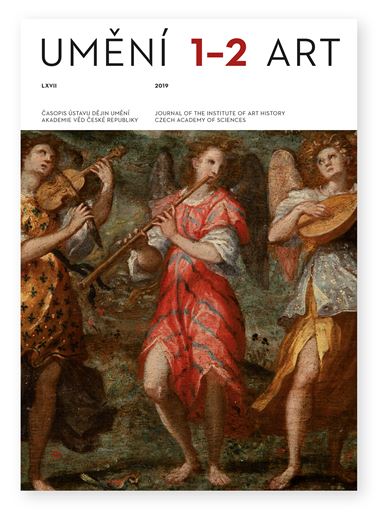Rastislav Rusnák
Madonna and Child from Košice. Reflections of the Italian Renaissance in the Find of a Relief Mould
This study examines the archaeological find of a clay mould of a relief with the motif of the Madonna and Child from Košice. The final product for which the mould was intended was a relief in either terracotta or stucco. This interpretation of the artefact would draw our attention towards Renaissance Italy, and more particularly to Tuscany and Florence. The study will attempt to identify the conceptual and compositional forms of the Košice find directly within the context of Renaissance Florence and to explain the means by which they could have reached the territory of the Kingdom of Hungary in the second half of the 15th century and the beginning of the 16th century. The basic compositional models of the depicted figures can be found in the works of the prominent Italian Renaissance artists, Ghiberti, Donatello and Luca della Robbia. In their works we can find a greater degree of simplicity, lightness and subtlety in their means of expression. The Košice find shares this style of intimate composition and economical and austere portrayal and therefore, at least on a theoretical level, it is possible to search for the broader scope of its conceptualization in selected works of the afore-mentioned artists. In subsequent generations of Florentine artists, the aesthetics of the depicted scene underwent slight variations. The fact that the Košice Madonna and Child shows no response to these aesthetic changes is surprising especially when we consider that the specific generation of artists such as Andrea del Verrocchio, Benedetto da Maiano and Gregorio di Lorenzo are associated with the development of the Renaissance at the court of the Kingdom of Hungary. The existence of a workshop in Košice producing luxury ceramic goods of which the discovered relief mould forms a part can be dated to the first and second decades of the 16th Century. The mould could have formed part of the equipment of an itinerant Italian craftsman or possibly a local artist with direct working experience of Italy. It is apparent that in his attempt to imitate original works, the artist has chosen to fall back on one of the archetypes of the genre rather than to build on the aesthetics of the depiction of the scene which were typical of the period in which many Italian artists were active in the workshops of the Hungarian court.
Full-text in the Digital Library of the Czech Academy of Sciences:
https://kramerius.lib.cas.cz/uuid/uuid:b1b79894-6f2a-4b15-86dd-00905708343f
< back

